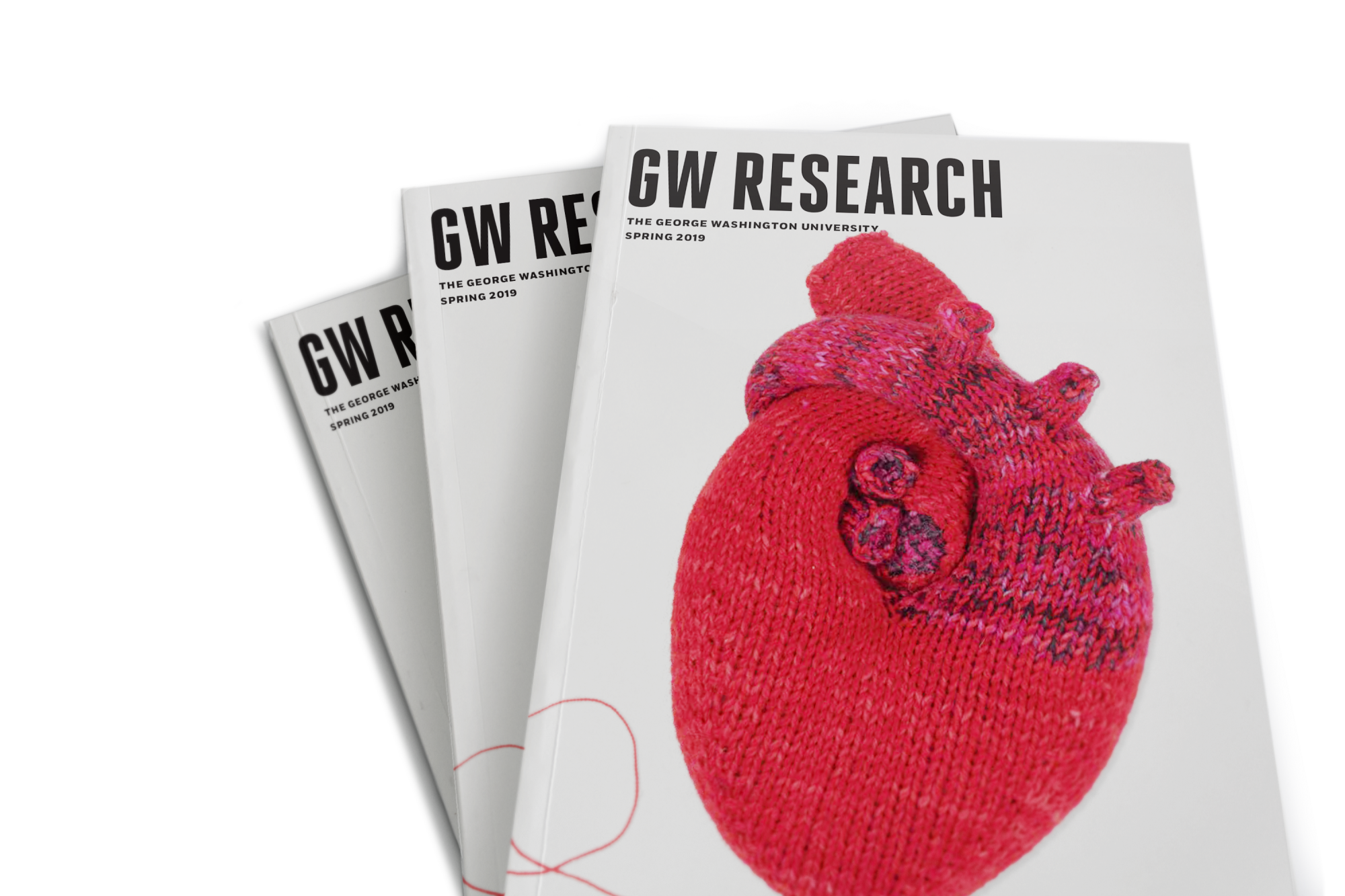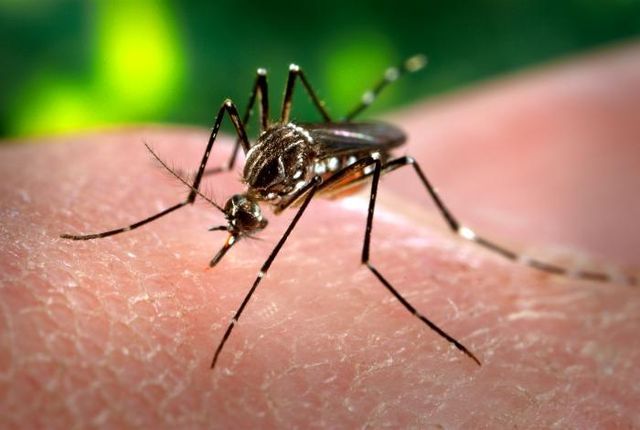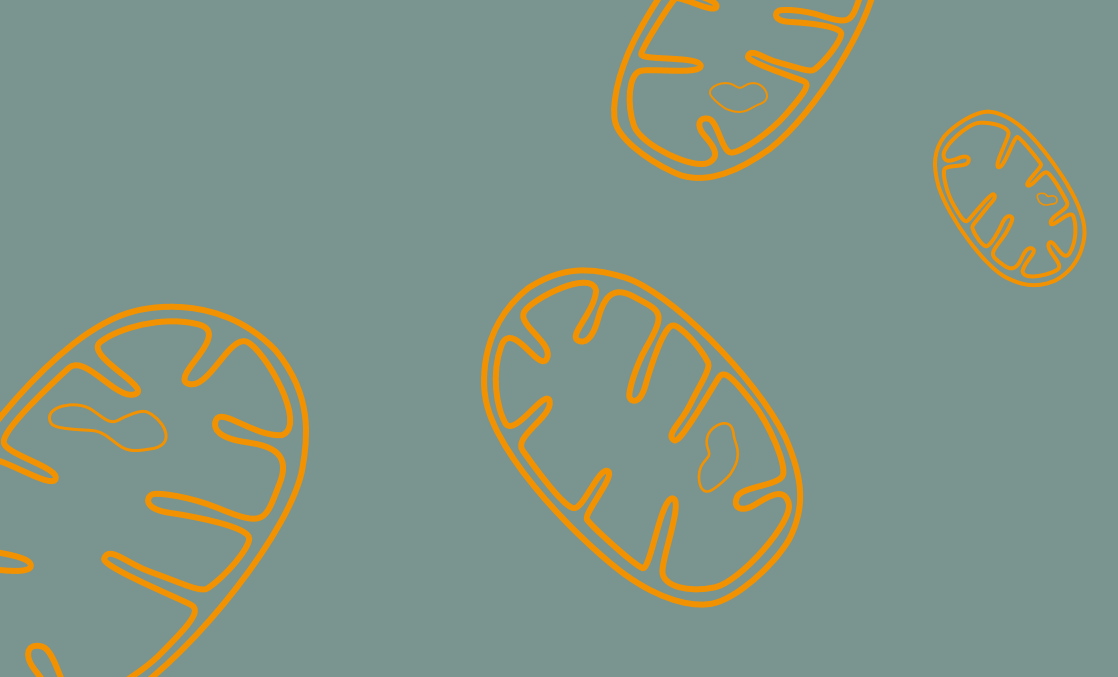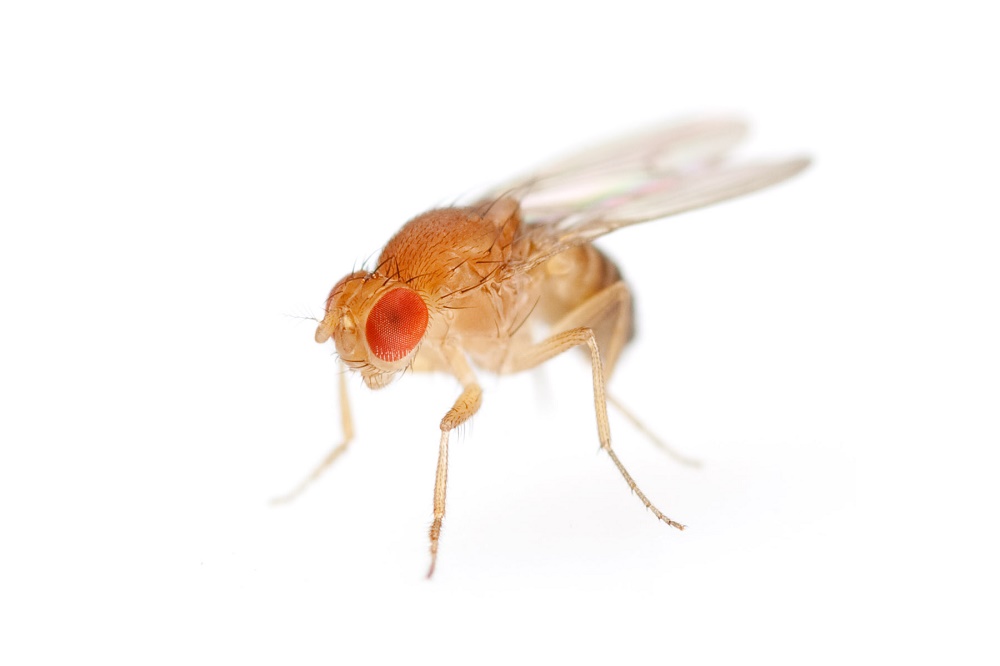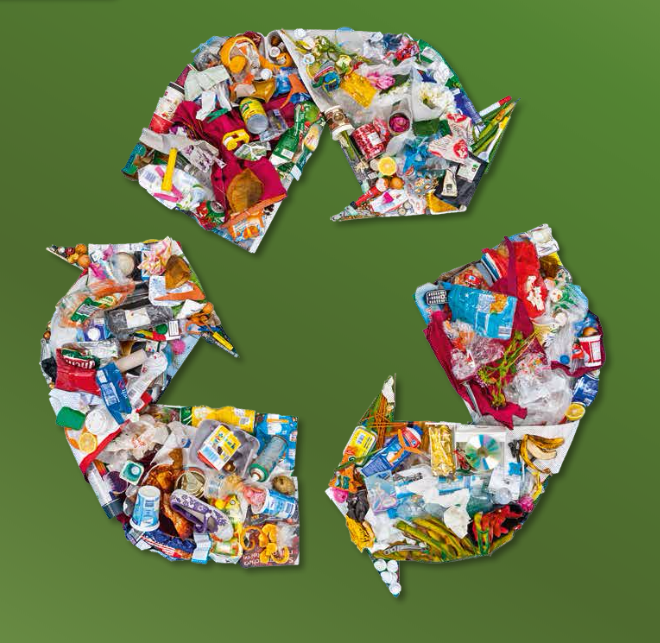Making More of Moore’s Law
UCLA Engineering / September 4, 2019 / If you crack open any of the electronic devices you use on a daily basis— your phone, smartwatch, tablet, TV, instant pot or microwave— you’ll see a landscape reminiscent of a miniscule city map. Computer chips, each dotted with microscopic transistors, are arranged like buildings on the green …


